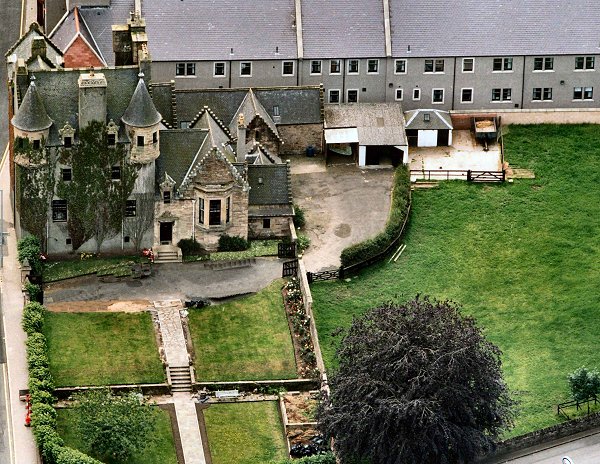
Experts consider theory that statue long thought to be as ancient as city is centuries younger
She suckled Rome's legendary twin founders and fed Benito Mussolini's ambitious dreams of renewed imperial glory.
For centuries, Lupa – "She-wolf" in Latin and Italian – has been a powerful Roman symbol. But some now contend that Lupa, a supposedly Etruscan bronze, the star of a city museum on Capitoline Hill, might be centuries younger.
"It's decisively medieval," says Anna Maria Carruba, a researcher who first studied Lupa when she worked on its restoration a decade ago.
"As I went ahead with my research, I was ever more sure."
The Etruscan period ran from the 11th to 1st century BC; medieval times ran from AD 500 to 1500.
If Carruba is correct, the statue could be more than 1,000 years younger than previously thought. The Capitoline Museums' website says Lupa is from the 5th century BC and was Pope Sixtus IV's gift to the museum in 1471.
Added separately, in the early 1500s, were the bronze figures of Romulus and Remus, the twin founders of Rome who legend says were abandoned on the bank of the Tiber River and survived only because a she-wolf nursed them.
The almost metre-tall bronze is the centerpiece of a museum room named for it. Postcards and T-shirts of Lupa are popular Roman souvenirs. Mussolini used the image in Fascist propaganda to push for a return to ancient Roman glory.
In a front-page La Repubblica article this week, Adriano La Regina, who for decades led the national archaeological office for Rome, suggested Capitoline Museums is reluctant to release test results indicating the bronze is medieval.
"The new information about the epoch of the Capitoline bronze has been held back for about a year now from the public and experts," La Regina wrote.
Claudio Parisi Presicce, director of the city-run museums, insisted his institution is not trying to hide data that could subtract centuries from the she-wolf's provenance.
Data "aren't definitive yet, and we hope we can succeed in giving a definitive date" to the statue through carbon dating later this year, Parisi Presicce told news agency ANSA.
Carruba said carbon dating of bits of dirt and clay indicate Lupa was cast in 7th or 8th century AD using techniques for casting bronze developed in medieval times.
But some experts are skeptical.
Alessandro Naso, an Etruscan expert at the University of Molise, said Carruba's conclusion "that it isn't ancient is based on indirect proof ... arguments for the medieval are weak."
Archaeologist Nicoletta Pagliardi said Lupa's origins "are really uncertain."
With the statue "manhandled'' over many centuries, she said, carbon dating might be testing substances that contaminated the bronze long after its creation.
Parisi Presicce, the Capitoline Museums ' director, said that in medieval times, Rome's symbol was considered to be a lion, weakening arguments that Lupa was made during that period.
Carruba said her theory that Lupa isn't Etruscan does not diminish its mystique.
"It's an amazing, fascinating, majestic sculpture."








